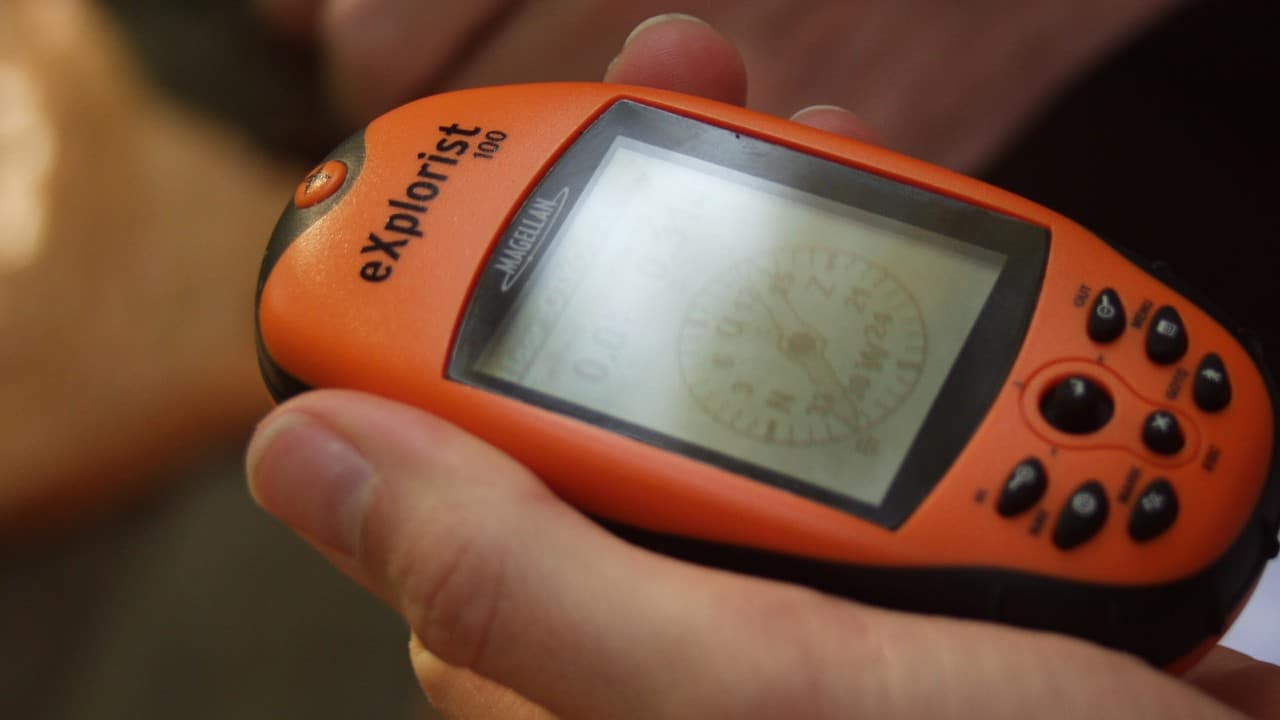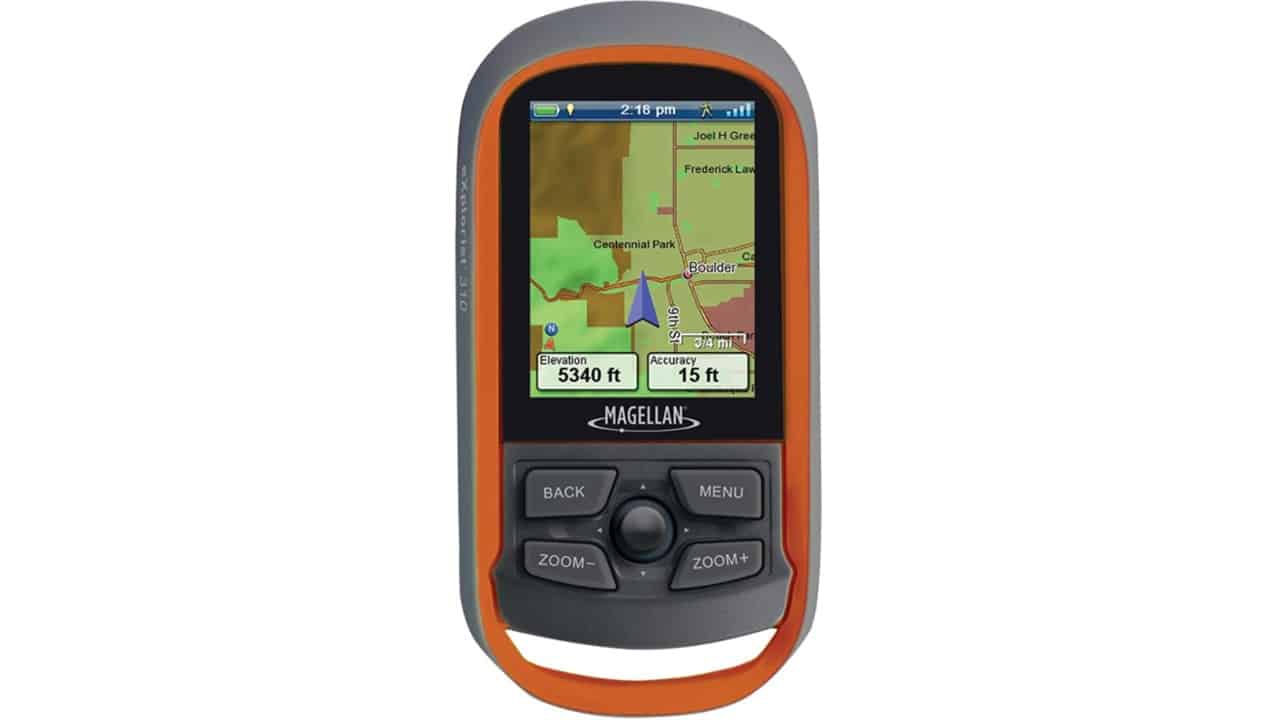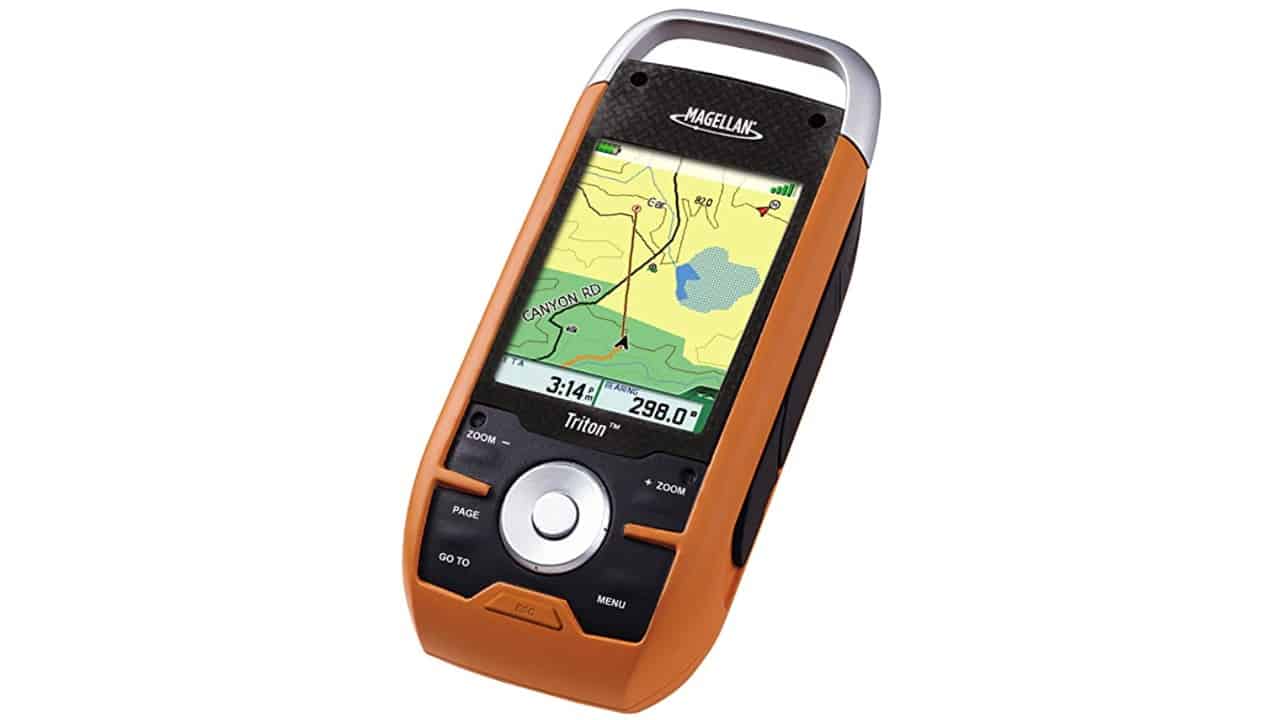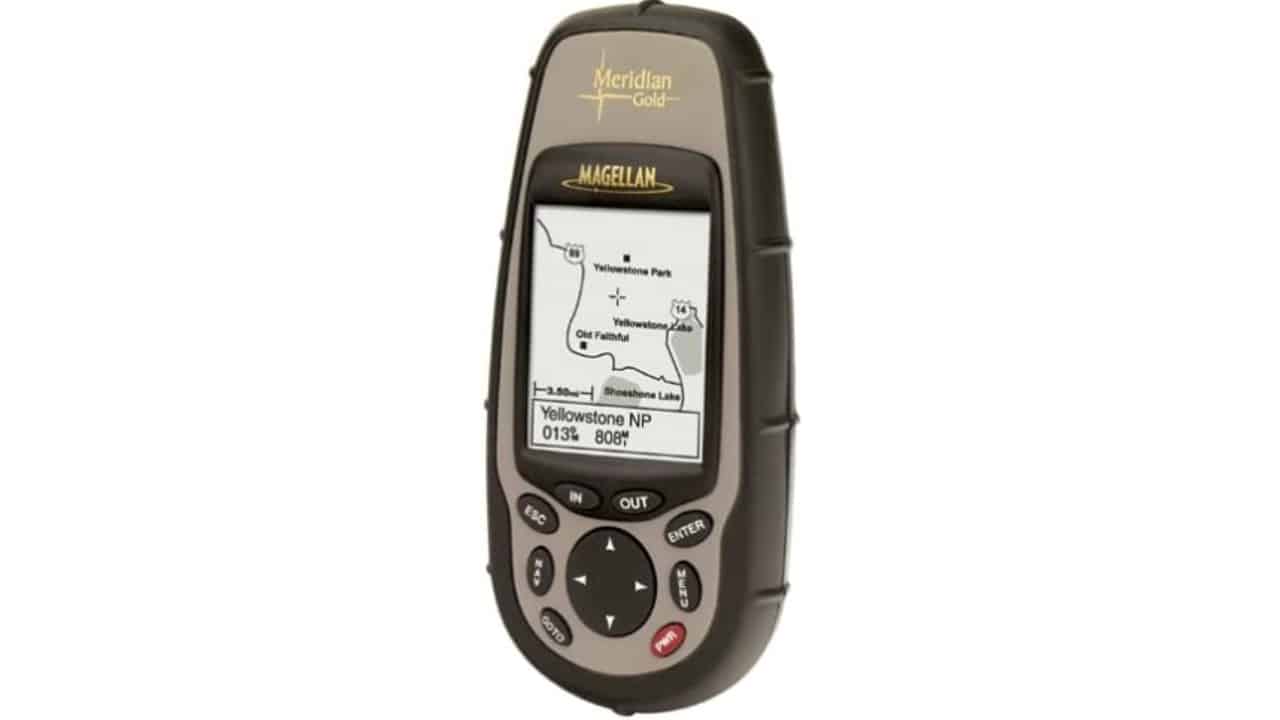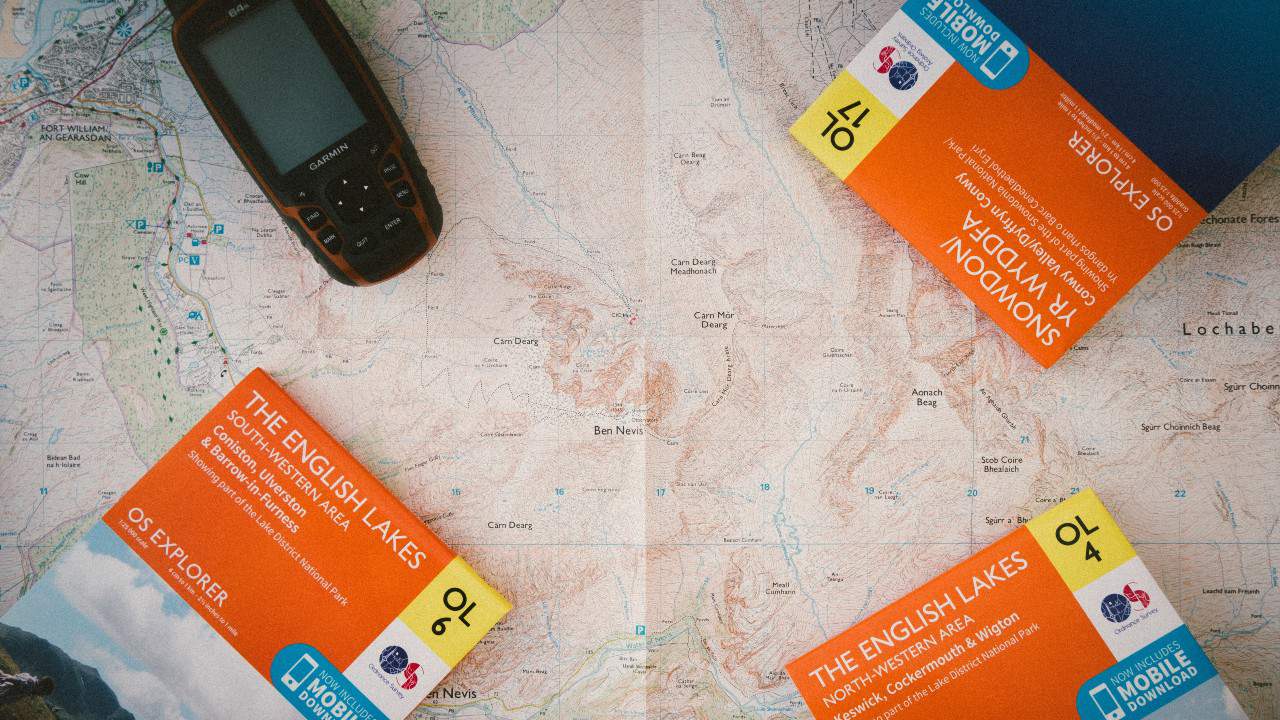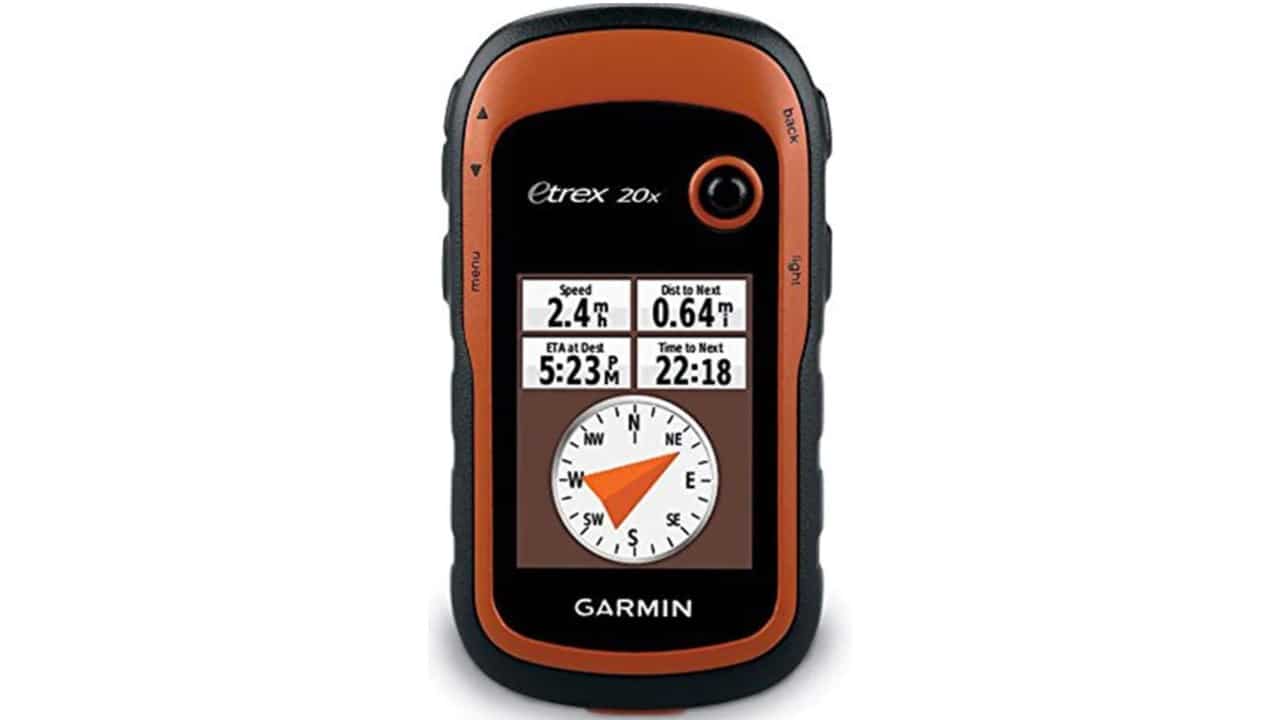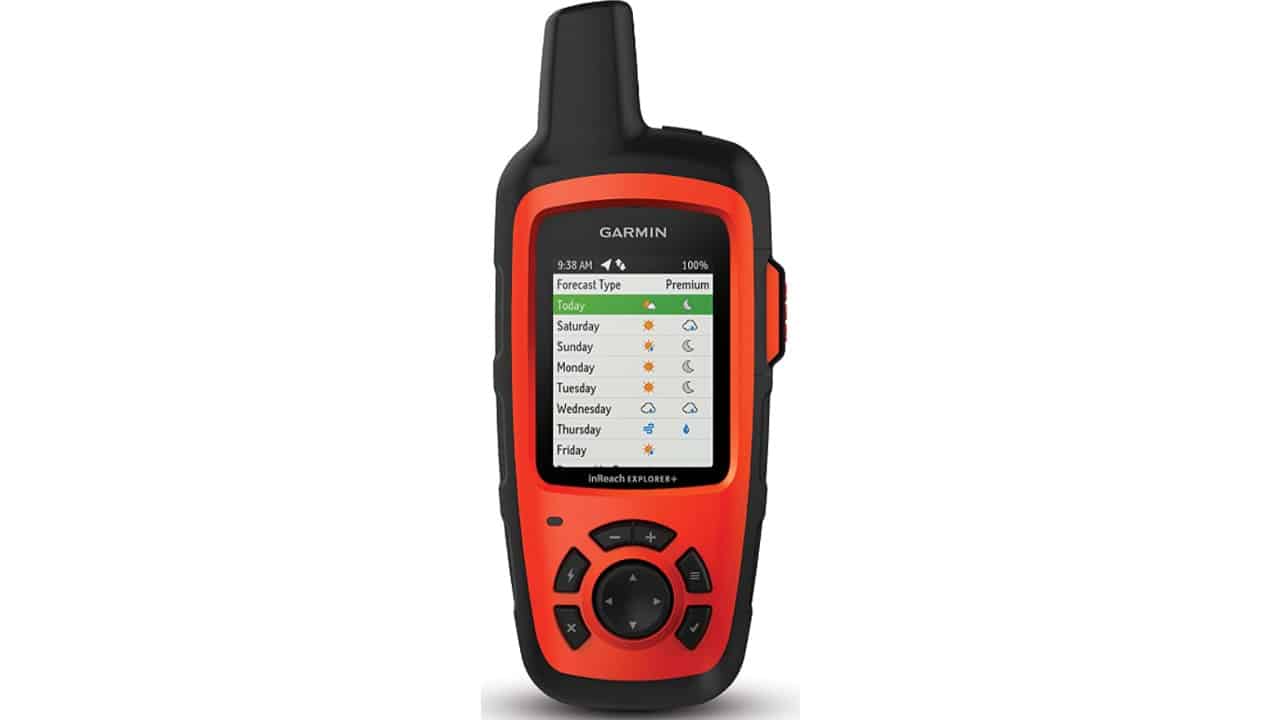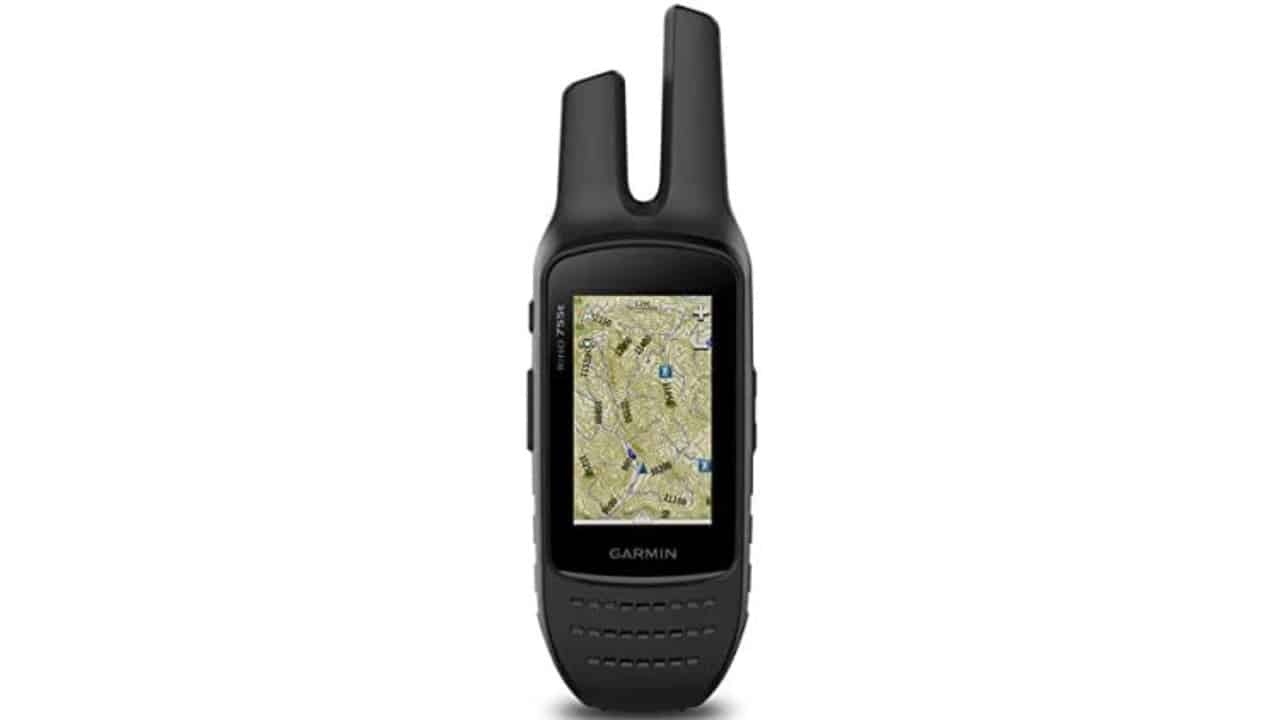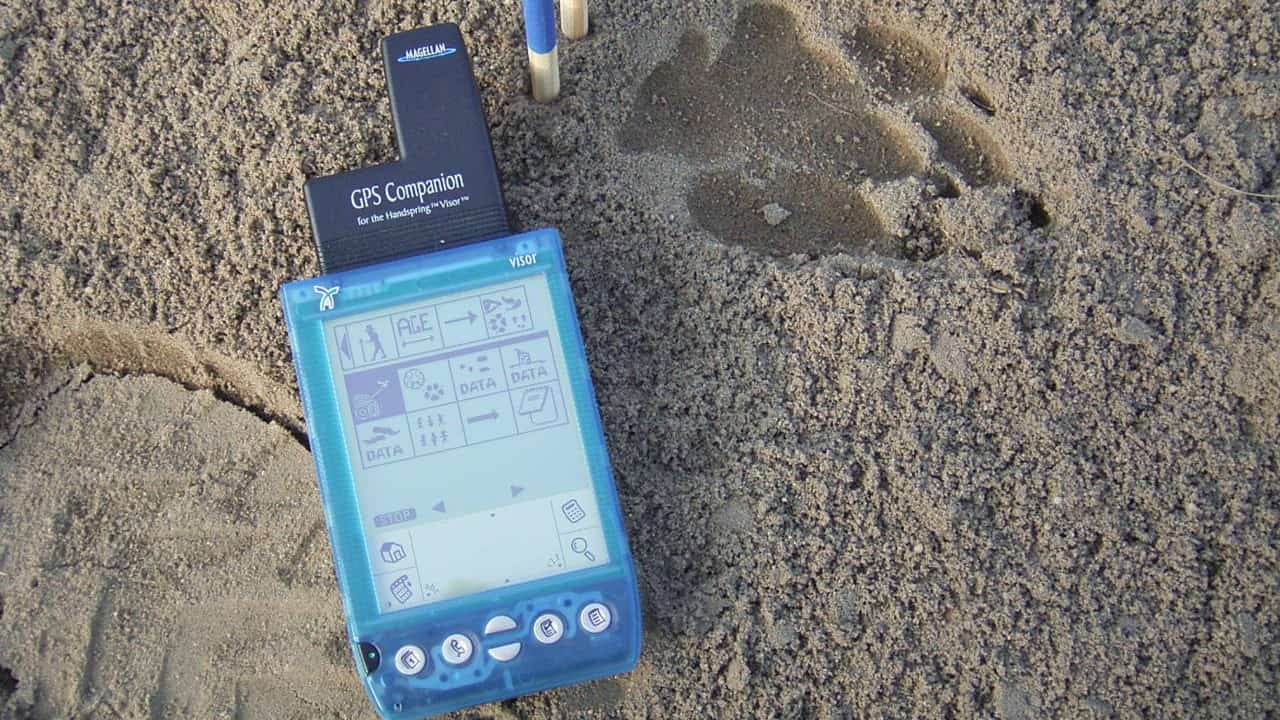GPS devices are high up on the list of wild-camping essentials. When someone mentions GPS devices, the first two brands most people automatically think of are Magellan and Garmin. What mobile navigation tools did not manage to accomplish, these brands have – their GPS devices are invaluable to all those in love with backcountry exploration.
But which one of these two brands is actually better? Whose GPS devices are more functional and user-friendly? To find answers to these questions, keep reading – I’ll be taking a closer look at the most popular navigation gadgets made by these two world-famous companies.
The Overview
Before I dive into a more detailed comparison, I’ll take a quick look at these brands and the history behind them, i.e. how they got to where they are today.
As far as I’m concerned, the age-old debate of Magellan vs Garmin is very similar to that of Android vs iOS. Let me put it in this way – if your first smartphone was an iPhone, it will take you quite some time to get used to an Android phone.
This exact same logic can be applied to Magellan and Garmin and their GPS devices. Depending on which company’s products you used first, you may have a hard time adapting to a GPS device made by the other brand.
Unfortunately, over the last decade, Magellan has lost quite a lot of ground to Garmin. In fact, I think it’s pretty safe to say that the former company has almost abandoned the market to its rival these days, although it still manufactures and sells great GPS devices.
It’s also worth mentioning that a couple of other manufacturers, with Suunto being the best example, and some smart gadgets (such as FitBit), have successfully managed to find their place in today’s market of navigational tools. Nevertheless, Garmin stands as the world’s uncontested leader in the field of GPS tracking units.
Magellan
Photo by Rogiro via Flickr (CC BY-NC 2.0)
Also known as MiTAC International Corporation, Magellan was established in 1986. It was the world’s first company to introduce a commercial, civilian-oriented GPS receiver. It was launched in 1989, its name was Magellan NAV 1000, and it boasted some basic but very useful functions.
Today, it is very apparent that this company has sort of moved away from the market of handheld GPS tracking units, and now mostly focuses on truck and car GPS systems. While it’s true that a lot of their gadgets still work great and are definitely worth the money, one should not expect these to be updated frequently.
Magellan GPS Tracking Units
Magellan eXplorist 310
Specifications:
- Display size: 2.2”
- Battery life: 18 hours
- Waterproof: Yes, IPX7
Here we have an entry-level GPS tracking unit called Magellan eXplorist 310, which has 500 megabytes of memory for storing tracks, waypoints, geocaches, and, of course, topographic maps. It comes with a pre-loaded World Edition Map and has 18 hours of battery life.
Even though its 2.2” display is quite small, it is colored and has a high resolution. What’s more, the screen is trans-reflective, allowing the user to see all the important info even in direct sunlight. One particularly important feature is the built-in SiRFStarIII GPS chipset, which guarantees superb accuracy.
The last thing worth mentioning here is that Magellan eXplorist 310 is a very durable and rugged device, and also one that’s IPX7 waterproof (it can be submerged in shallow water for about half an hour).
Pros:
- High-sensitivity & accuracy GPS chipset
- Easy-to-navigate menus
- Rugged and waterproof
Cons:
- Somewhat unreliable battery indicator
Magellan Triton 1500
Specifications:
- Display size: 2.7”
- Battery life: 10 hours
- Waterproof: Yes, IPX7
No products found.
Here we have an old but still extremely reliable Magellan GPS tracking unit – the Triton 1500. It’s a feature-rich model, as it has a microphone, a speaker, a LED flashlight, and an MP3 player, among other things. Unfortunately, all of these functions contribute to the unit’s short battery life, but that is, as far as I’m concerned, the model’s only major downside.
Magellan Triton 1500 uses National Geographic TOPO maps and is extremely well-built and durable. What’s more, the unit is also waterproof and sports the IPX7 water-resistance rating. The reception is great, even indoors, while the model’s 2.7” TFT screen provides good visibility even in very bright conditions. It is great for winter hiking.
Is this the best GPS device Magellan has made so far? Certainly not. However, it’s still a popular choice for a good reason – it is exceptionally reliable and works just as advertised.
Pros:
- Very reliable and easy to use
- Lots of extra features
- Rugged construction
Cons:
- Short battery life
Magellan Meridian Gold
Specifications:
- Display size: 2.2”
- Battery life: 12 hours
- Waterproof: Yes, IPX7
No products found.
The last Magellan GPS device I’ll be taking a look at is quite simple but it does its job very well. In terms of construction quality, it is rugged, waterproof (IPX7-rated), and features an ergonomic design. Its 2.2” gray-scale screen is not the best one out there, but it’s clear and easy to read, even during very sunny days.
Although the model comes with a single 16 MB base map, its storage can be expanded through memory cards and new maps added to it. A variety of navigation screens featured on this device are easy-to-understand and show all the relevant info, such as latitude, longitude, current speed, etc. The keypad is backlit and can be easily used during the night.
Those who opt for this model will be opting for reliability. However, this also means choosing not to have all those bells and whistles found on newer GPS devices.
Pros:
- A dependable GPS tracking unit
- Expandable storage
- Backlit keypad
Cons:
- Not as many features as on newer units
Garmin
Founded in 1989 by Min Kao and Garry Burrell and formerly known as ProNav, Garmin is one of the world’s best-known brands that specialize in GPS technology. The company’s headquarters are in Olathe, Kansas, where its engineers design GPS devices for outdoor, marine, aviation, automotive, and sports activities.
I think it’s pretty safe to say that, nowadays, Garmin is the only name in the game when it comes to regular, handheld GPS tracking units. However, since the company now also manufactures sports watches and activity trackers, it is facing fierce competition in the wearables market.
Garmin GPS Tracking Units
Garmin eTrex 20x
Specifications:
- Display size: 2.2”
- Battery life: 25 hours
- Waterproof: Yes, IPX7
One of Garmin’s entry-level models, the eTrex 20x keeps things as simple as possible while still being exceptionally functional and practical. This handheld GPS device has 3.7 gigabytes of internal memory and it’s also compatible with MicroSD memory cards.
Furthermore, it sports a genuinely water-resistant construction while its 2.2” screen has a 240 x 320-pixel resolution for improved readability. The model is also extremely accurate due to the fact that it supports GLONASS, uses HotFix satellite prediction, and relies on WAAS (Wide Angle Augmentation System).
Just as I expected, the unit comes with a pre-loaded world base map and it supports geocaching GPX files. The only thing I didn’t like about eTrex 20x is that it can be quite slow updating your position at times.
Pros:
- Durable, water-resistant construction
- Lots of storage space
- Very accurate
Cons:
- Slow position update
Garmin inReach Explorer+
Specifications:
- Display size: 2.3”
- Battery life: 30 hours
- Waterproof: Yes, IPX7
The best thing about this particular Garmin GPS tracking device is pretty obvious – it has an amazing battery. With 10-minute interval tracking, the model can stay in operation for about 100 hours, which is seriously impressive. With regular use, however, this number goes down to 30 hours, which is still excellent.
With inReach Explorer+, it is possible to text other people from anywhere in the world, as it has a 100% global Iridium satellite coverage. It comes with pre-loaded maps and can be paired with smartphones in order to download additional maps.
As always, the construction quality is outstanding, with the unit also being IPX7 water-resistant. One thing I particularly liked is the option to get a weather forecast from pretty much anywhere, although this requires a subscription (just like the messaging feature).
Pros:
- Messaging & weather forecast services
- Well-made & water-resistant
- Superb battery life
Cons:
- Requires a paid subscription for advanced services
Garmin Rino 755t
Specifications:
- Display size: 3”
- Battery life: 14 hours
- Waterproof: Yes, IPX7
Here we have a highly-rated touchscreen GPS device whose features turn it into a genuinely worthwhile purchase. Although its battery life isn’t as good as that of the two Garmin models described above, the Rino 755t can also be used with AA batteries. Quite practical, wouldn’t you say?
As expected, the device is extremely accurate – it features high-sensitivity GLONASS and GPS satellite reception. The touchscreen I mentioned above is slightly bigger than the ones found on eTrex 20x and inReach Explorer+ and can be used in both portrait and landscape modes.
All in all, this is yet another excellent Garmin GPS tracking unit and one whose only downside is the high price.
Pros:
- 3” display with dual-orientation
- Can run on AA batteries
- Accurate & waterproof
Cons:
- Expensive
Magellan vs Garmin – The Verdict
Photo by HolgerRoehle via Wikimedia Commons (CC BY-SA 3.0)
Although they were once comparable in lots of different categories, I don’t think that Magellan and Garmin are true rivals anymore. As I’ve already said, Garmin is now the undisputed leader when it comes to GPS tracking units and a brand whose devices are much more innovative and feature-rich.
If you are interested in more hiking gear comparisons, check out our Chaco vs Keen post and our Yeti vs Klean Kanteen post.

I love hiking, backpacking, and camping. From the Camino de Santiago to the West Highland Way in Scotland or simply a great day hike on the weekend. Hiking refreshes me, my mind, and keeps my body reasonably fit. So far I have walked three Camino routes and many other long distance hikes in the UK, Canada, and around the rest of Europe. One of the best was my hike up Ben Nevis.


